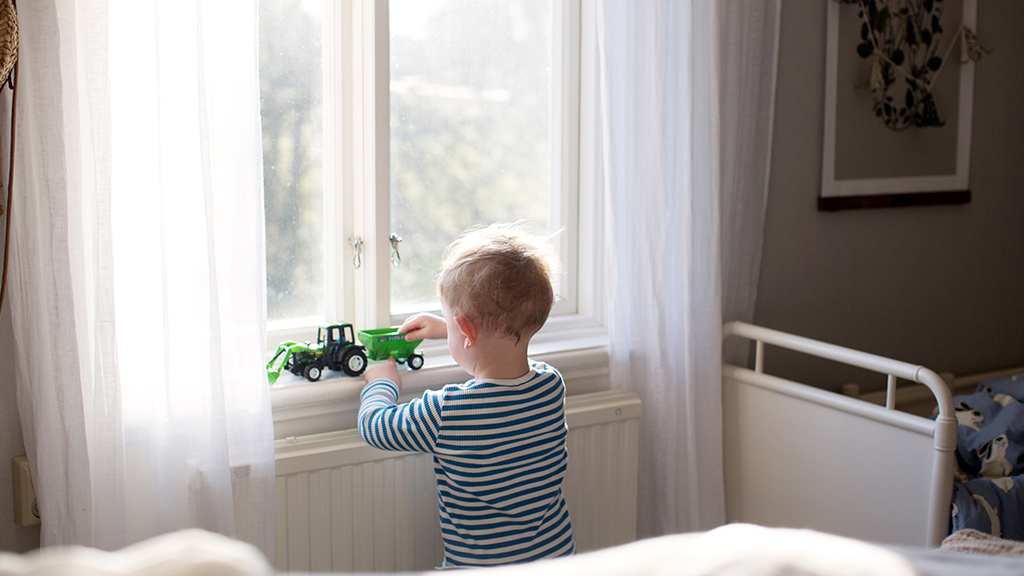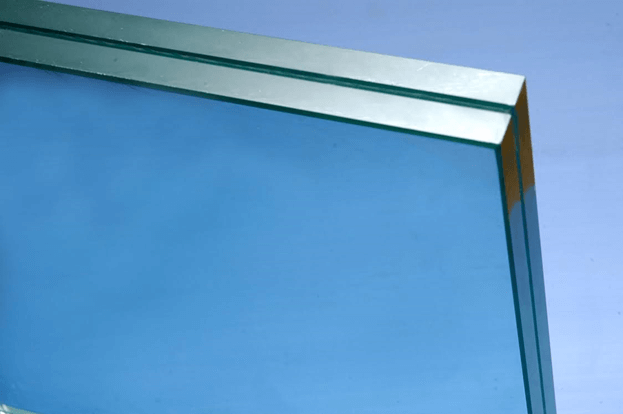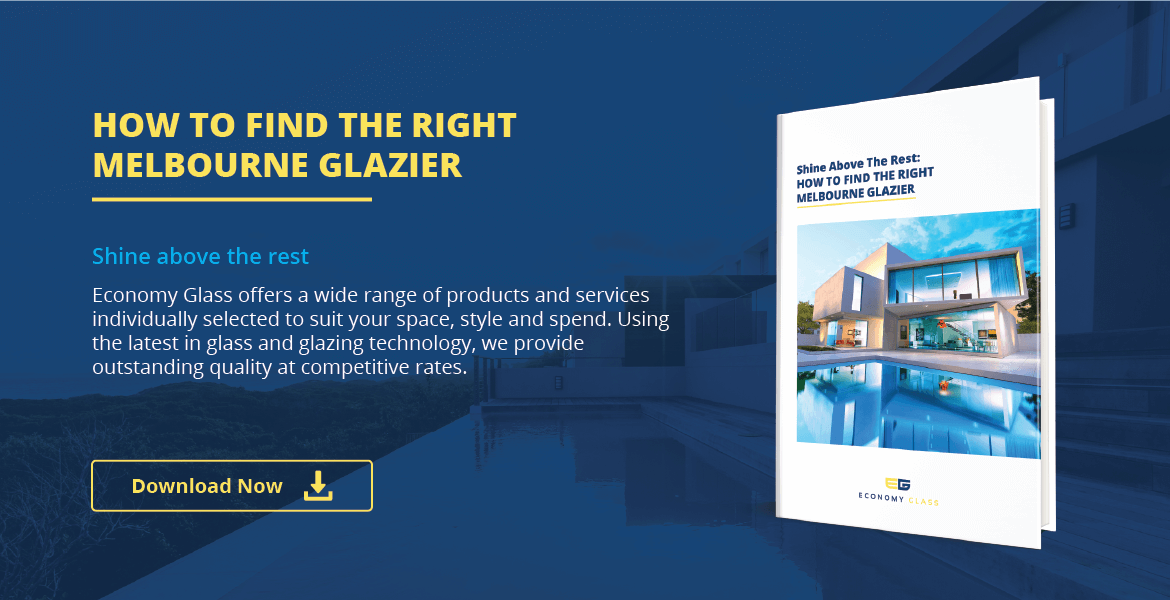
Windows and skylights bring light and fresh air into our homes as well as offer views of the outside world. The common perception of glass as a dangerous material not unfounded. Standard annealed glass breaks relatively easily and fractures into potentially lethal shards or splinters. With safety being of paramount importance, it perhaps not surprising that there standards and regulations which govern when glass used in safety-critical locations.
Areas of a home that are prone to accidents require to fit with a Grade A safety glass. The use of safety glass reduces the risk of injury as it significantly harder to break and designed so it won’t fracture into dangerous shards if broken. The building code in Australia and New Zealand (AS1288) determines where safety glass required to install.
Examples of areas where safety glass required :
- Glass doors
- Door side panels
- Bathrooms (for all areas up to 2 metres high)
- Around stairs
- Areas that can mistaken for openings (e.g. floor to ceiling glass)
- Low-level glass (if larger than 1.2 m2)
- Schools, child care, and retirement homes
Types of safety glass
There two main options of safety glass to consider – toughened glass and laminated safety glass. While laminated safety glass and Toughened safety glass can both be used to meet Australian building regulations, each glass type has different properties that are worth when deciding which glass type is appropriate to meet your needs
Laminated glass

Laminated glass is made from two or more sheets of glass bonded together with a flexible polyvinyl butyral(PVB) interlayer. The unique design of laminated glass prevents it from shattering into large shards when broken. In the event of an impact or breakage, the glass held together by the interlayer. This prevents the glass from breaking into shards which can provide significant damage. The interlayer does not impact the transparency of the glass and is not visible to the naked eye once installed.
Laminated glass is usually the best option to provide increased security for your home. If the glass breaks it will generally stay in place and not fall out. The glass is difficult to penetrate completely making it harder to gain access by breaking a window.

Advantages
● Provides greater security than toughened glass
● The interlayer in the glass reduces fading from UV significantly
● subject to thermal stresses
Toughened glass
This is four to five times stronger than ordinary glass of the same thickness. Toughened glass is processed by controlled thermal or chemical treatments to increase its strength compared with normal glass. Tempering or toughening creates balanced internal stresses which cause the glass sheet, when broken, to crumble into small blunt granular chunks of similar size and shape instead of splintering into random, jagged shards. The granular chunks are less likely to cause injury. This glass does not provide the same security as laminated glass as once broken the glass explodes leaving a hole in the building.
